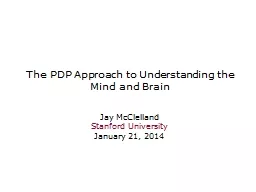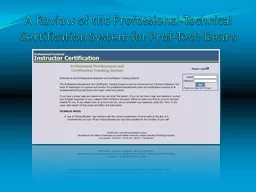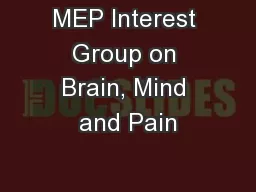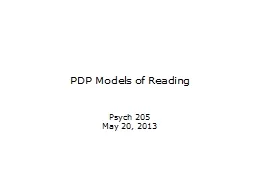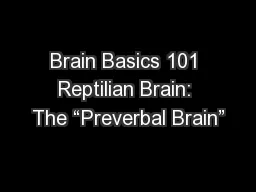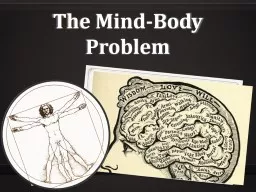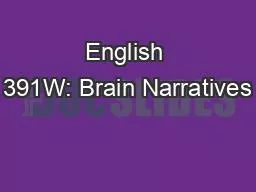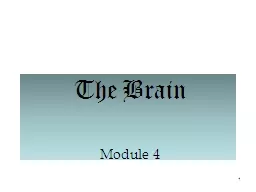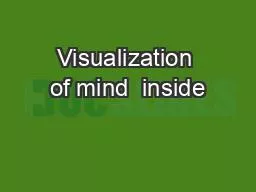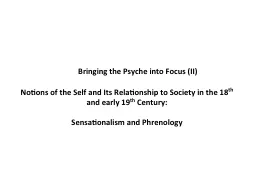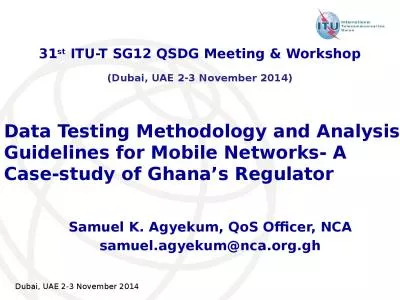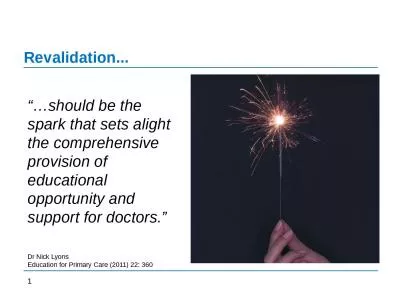PPT-The PDP Approach to Understanding the Mind and Brain
Author : gristlydell | Published Date : 2020-06-23
Jay McClelland Stanford University January 21 2014 Early Computational Models of Human Cognition 19501980 The digital computer instantiates a physical symbol system
Presentation Embed Code
Download Presentation
Download Presentation The PPT/PDF document "The PDP Approach to Understanding the Mi..." is the property of its rightful owner. Permission is granted to download and print the materials on this website for personal, non-commercial use only, and to display it on your personal computer provided you do not modify the materials and that you retain all copyright notices contained in the materials. By downloading content from our website, you accept the terms of this agreement.
The PDP Approach to Understanding the Mind and Brain: Transcript
Download Rules Of Document
"The PDP Approach to Understanding the Mind and Brain"The content belongs to its owner. You may download and print it for personal use, without modification, and keep all copyright notices. By downloading, you agree to these terms.
Related Documents

